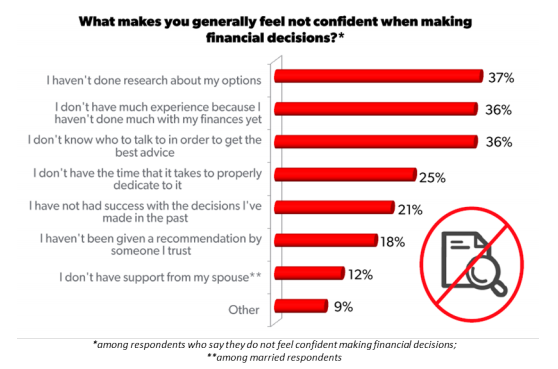
In part I of Girlfriend to Girlfriend Money Chat, we read that many women feel uncomfortable discussing money topics with their friends. We also gained some insights into why women generally refrain from talking about personal finances with those they’re close with. Then, I shared some of the internal struggles I’ve been experiencing and my vision for my girlfriends (and other women around the globe) as related to their financial confidence and sense of empowerment. In that post I also shared with my readers a plan for actions so that my behaviors align better with what matters to me.
Today, we’re going to explore additional strategies to spread financial education and support women’s financial empowerment. I’m currently using several of them and seeing great results. As you read, think about what’s applicable to you and your circle of friends. There’s no natural order to follow. The strategies are meant to be causal and subtle so hopefully your friends won’t even notice what you’re trying to encourage. Also, some conversations can flow in ways allowing two or more strategies to be used together. If that’s the case, even better!
Take Advantage of Context:
I already discussed this strategy in Part I of Girlfriend to Girlfriend Money Chat and shared couple examples. Think about the life stages where you and your friends are at (e.g., fresh out of college and climbing up career ladder? planning for a wedding? raising young kids? saving for your kids’ college education? having to provide for your parents financially? getting ready to retire?) and take advantage of those common grounds when starting conversations on money topics. There’s no doubt that (almost) every aspect of our lives involve money. Find out what you and your friends can learn from each other.
Volunteer Information First:
During your get-together with friends, usually you get an opportunity to talk about yourself. Take advantage of moments like these and share with your friends what’s happening in your financial life. Are you having a hard time keeping up with your student loan payment? Are you about to receive some inheritance money and you would like to spend that money to pursue higher education? You’re a frugal person, but your boyfriend is not? You want to buy a new refrigerator this year, but your husband wants to wait until next year? Once you start sharing, you’ll be amazed how much your friends will open up about their money situations, too.
Share Knowledge:







